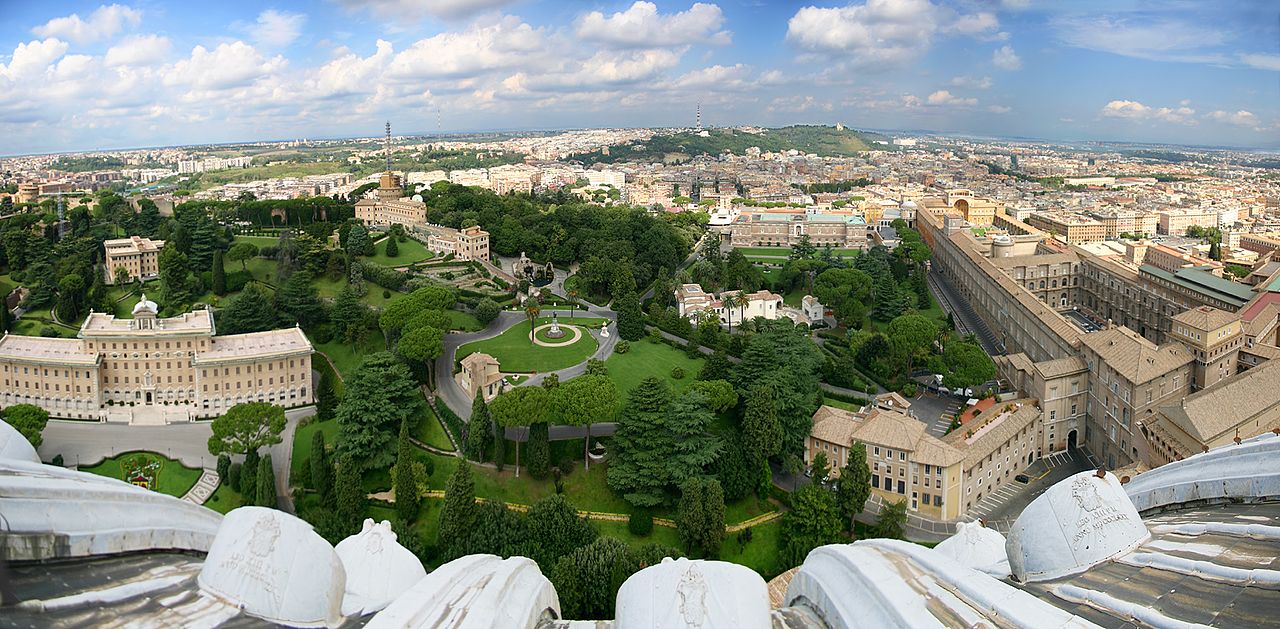January 10, 1984, marks the day that the United States and the Vatican reestablished diplomatic relations, ending a 116-year hiatus. This milestone marked a significant shift in the relationship between the world’s most powerful democracy and the smallest independent state.
The story of this re-engagement began with President Ronald Reagan, who recognized the Vatican’s growing role in global diplomacy. Reagan admired Pope John Paul II, a vocal advocate for human rights and played a critical role in the fight against communism, particularly in Eastern Europe. Their shared vision of combating the spread of Soviet influence and promoting freedom provided the foundation for renewed ties.
A Rocky History
The relationship between the U.S. and the Vatican was not always great. In 1867, Congress banned formal diplomatic relations with the Holy See, citing concerns about the separation of church and state. This move reflected the anti-Catholic sentiment prevalent in 19th-century America, where many feared papal influence would undermine American democracy.
For over 100 years, informal communication sufficed. Presidents occasionally sent personal envoys to the Vatican, but there was no official ambassador as a representative. By the late 20th century, changing global dynamics and the Vatican’s growing role in international affairs made this arrangement seem outdated.
The Turning Point
President Reagan took decisive steps to change this. Recognizing the Vatican’s influence on global politics, particularly under the leadership of Pope John Paul II, Reagan saw an opportunity to strengthen the West’s moral authority in its ideological battle with the Soviet Union.
All did not embrace this decision to formalize relations. Critics argued that it blurred the line between church and state. However, supporters emphasized the Vatican’s unique position as a neutral diplomatic player and a moral voice in international affairs.
The Impact
The timing was significant. The 1980s saw intense Cold War tensions, and the Vatican’s moral leadership became a key asset in the fight against communism. Pope John Paul II’s efforts, especially in supporting Poland’s Solidarity movement, complemented U.S. policies promoting freedom and democracy.
Today, the U.S.-Vatican relationship focuses on global issues, from combating poverty to addressing climate change and advocating for peace. The January 10, 1984, events remind us that diplomacy often hinges on power, shared values, and moral leadership.

